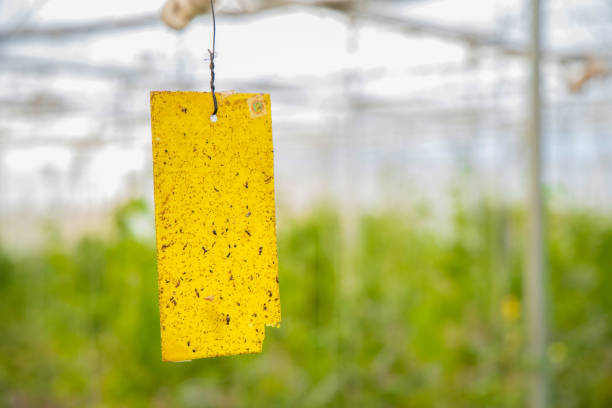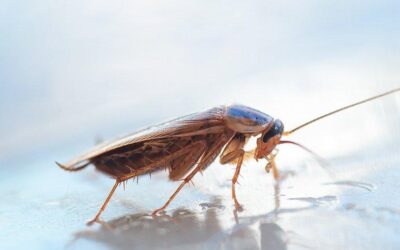Sticky Traps are used in fields for pest control and pest monitoring purposes. As a vital element of Integrated Pest Management (IPM), these traps are indispensable for managing sap-sucking pests, known vectors for various crop diseases.
One significant advantage of the growing adoption of sticky traps is their adaptability across diverse farming methods—fields, polyhouses, vertical farms and other high-tech techniques. Their eco-friendly, non-toxic nature aligns seamlessly with both organic and sustainable farming practices, making them an invaluable asset in pest management strategies.
To achieve optimal efficiency, it’s essential to consider a few important factors when placing and using sticky traps, particularly in fields:
1. Horizontal Positioning
Always position the sticky trap with its shortest side horizontally to prevent bending or dislodging due to wind.

2. Optimal Height Placement
For better results, install traps about half a foot (15 cm) above the crop canopy level.

3. Adjustment with Crop Growth
As crops grow, maintain a consistent 15 cm gap between the trap and crop canopy by shifting traps upwards.

4. Wind Orientation
Position the sticky traps so that they face the direction of the wind blowing in the field, rather than against it. This will prevent in dislodging or bending of the traps

Moreover, when selecting sticky traps, it’s essential to align them with prevalent pest infestations. For instance, yellow sticky traps attract whiteflies, while blue variants effectively combat thrips, enhancing targeted pest control.
By implementing these strategic measures, farmers can significantly enhance pest control efficacy while ensuring healthier, more productive crops.
#gumtreetraps







